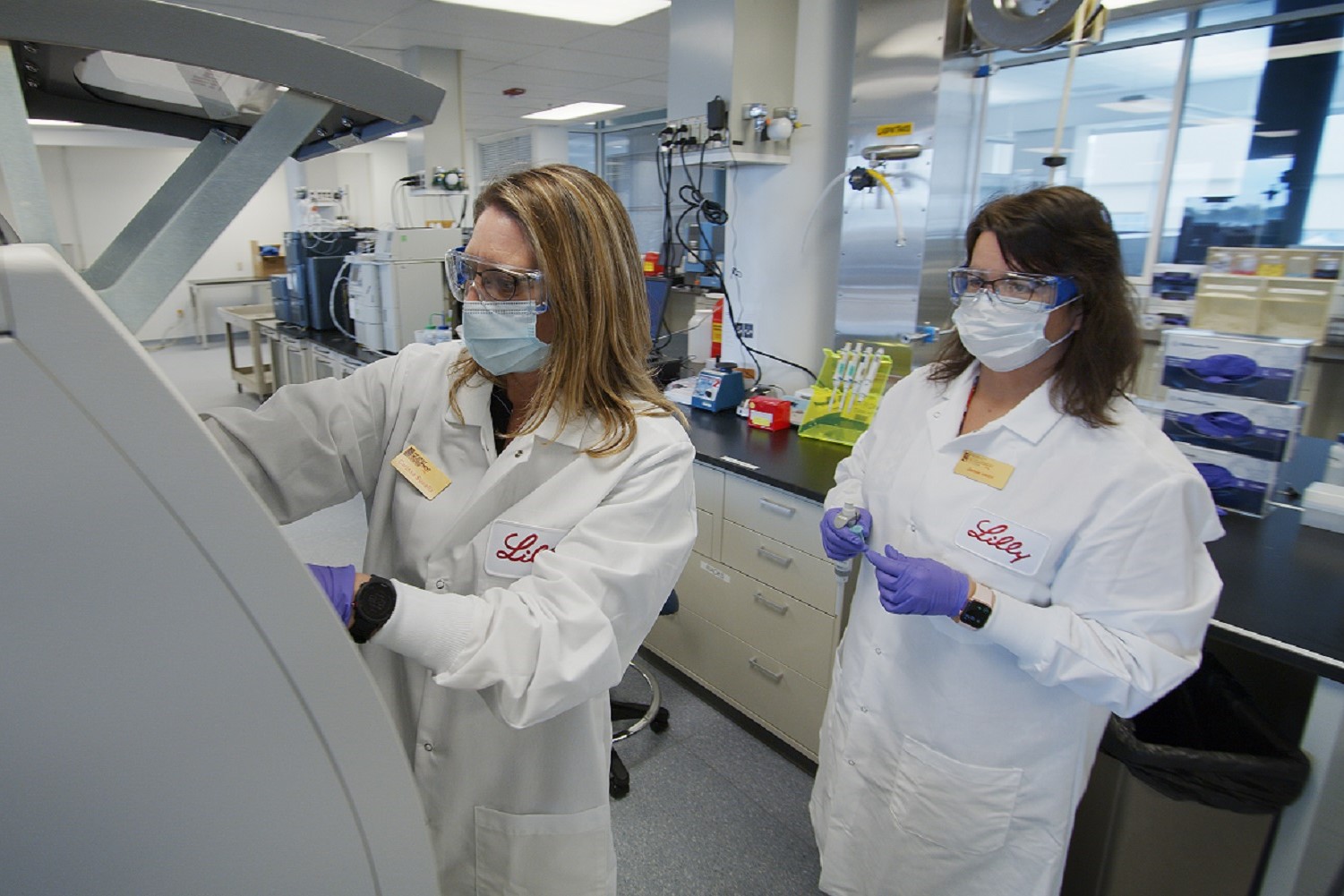There is no sugarcoating the process of raising capital as a private company.
Or so says Ron Renaud, CEO of RaNA Therapeutics, in a guest blog on venture capitalist Bruce Booth’s website, LifeSciVC. His company recently raised $55 million in an oversubscribed Series B, so clearly he’s doing something right, but Renaud talks realities in terms of biotech venture capital. It’s hard, he says.
“As someone who has been involved in the public side of our industry for more than 20 years and raised over $500 million, I could not grasp how different the process would be,” Renaud writes. “I joined RaNA in November and learned very quickly that as a private company CEO, I was always going to be in capital-raising mode.”

With the Rise of AI, What IP Disputes in Healthcare Are Likely to Emerge?
Munck Wilson Mandala Partner Greg Howison shared his perspective on some of the legal ramifications around AI, IP, connected devices and the data they generate, in response to emailed questions.
After all, once a decision to raise capital has been made in a public company, the process forward may be onerous, but it’s straightforward, with a number of prescribed steps.
“The reason I want to highlight the grind that is involved in raising private capital is that I am not sure there is a way to make it easier,” he writes.
This is definitely a turn in tone from his February post at the LifeSciVC site, in which he extols the freedoms given at a private company, compared to the rigidity necessary when raising capital at public companies.
“Private company CEOs have the luxury of building our companies with a careful agency that is not hampered by public pressure,” he wrote.
He was, for instance, chastised for wearing a suit on his first day at RaNA Therapeutics. “I did wear jeans on day 2,” he wrote. Despite the lack of available bodies and funds to accomplish tasks, Renaud said he enjoyed the time to focus on the science and internal issues at small private companies.
However, because so much of the science is kept under wraps at private companies, Renaud said he has to constantly explain, for instance, RaNA’s method of upregulating genes. This is a very different approach to silencing genes, which is by far the hotter area in venture investment. Such comparison will be constant, he realizes, which is why it’s important to refine one’s message to potential investors — because they’ll ask careful questions, be interested in viewing data, and will want to know about the platform, technology and process.
“…this is where transparency is critical,” he writes. “The public ‘general corporate purposes’ will not sit will with most private investors.”
Renaud’s February blog wraps up with an appropriate phrase for his current mindset:
“As they say, the grass is always greener…”














